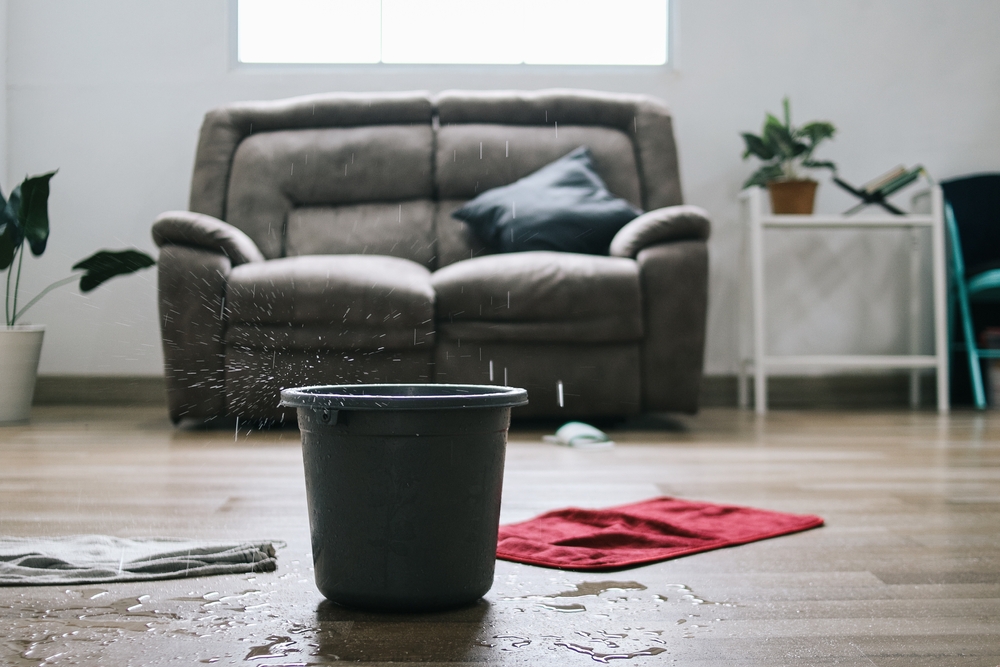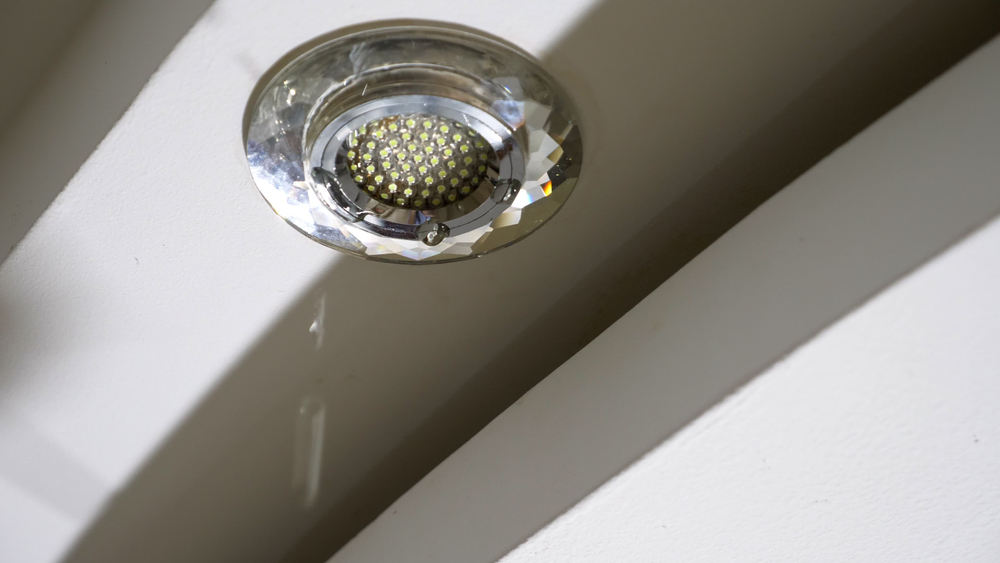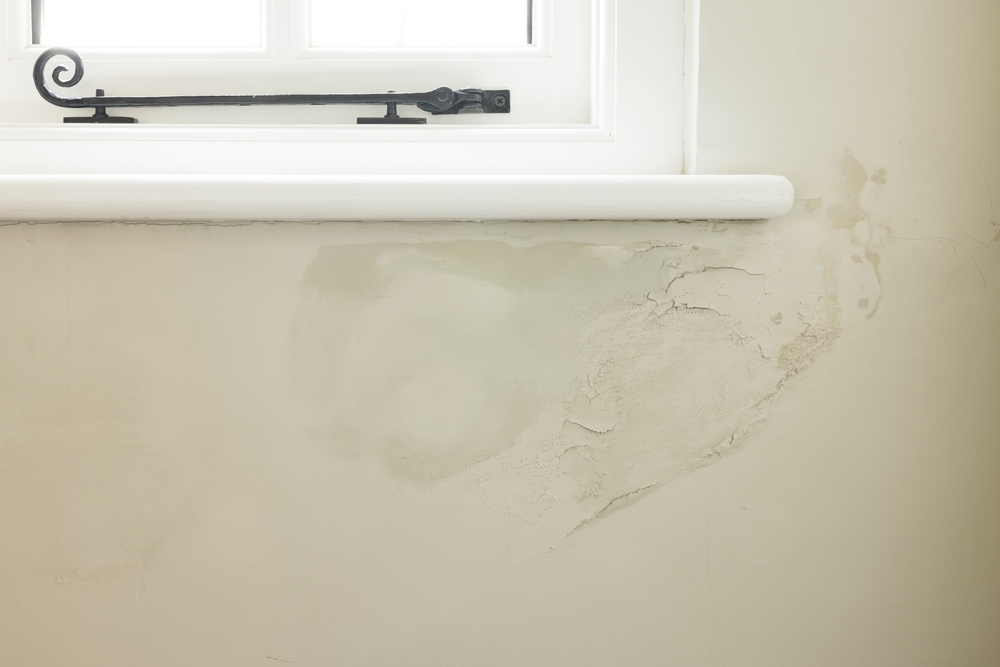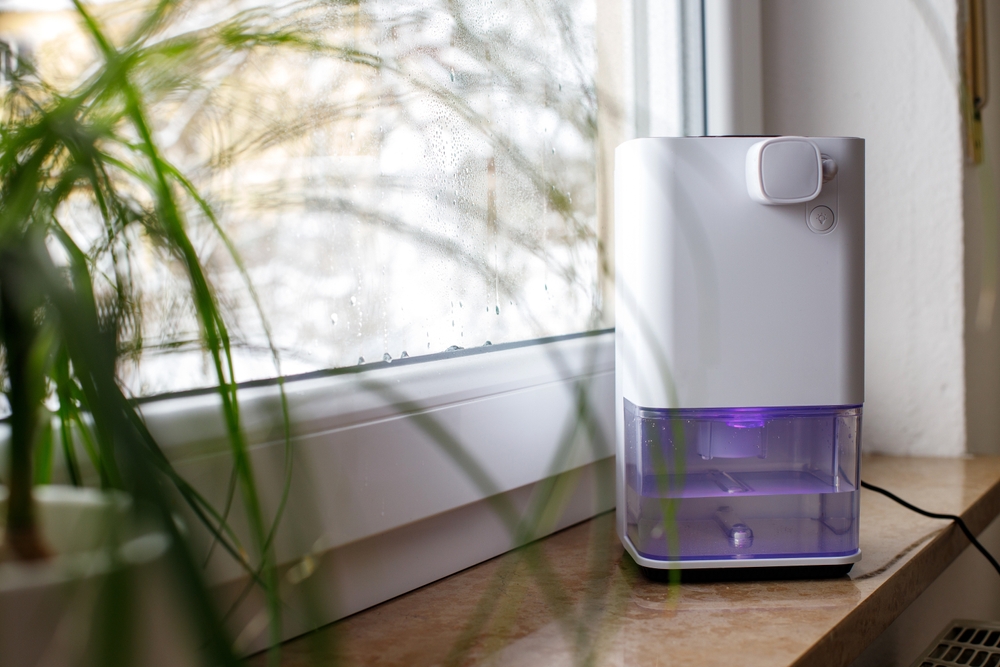Water ingress is one of the most common issues faced in construction projects and, if not properly addressed, can lead to significant structural damage, costly repairs, and compromised safety. Preventing water from infiltrating your building from the outset is essential to ensuring the longevity and durability of your construction. Fortunately, with the right materials and techniques, you can safeguard your project against water ingress.
Here are the top ways to prevent water ingress in your construction project.
Use High-Quality Waterproof Membranes
The foundation of any successful water prevention strategy starts with waterproof membranes. These membranes act as a barrier to keep water from seeping into the structure’s foundation, walls, and floors.
One of the most trusted brands in waterproofing solutions is Visqueen, known for its durable and high-performing products. Installing Visqueen membranes beneath concrete slabs, around foundations, and on basement walls helps prevent water ingress from underground sources, ensuring long-lasting protection for your building.
Ensure Proper Drainage Systems
Without adequate drainage, water can pool around the foundation of a building, increasing the risk of water ingress and damage. Incorporating a well-planned drainage system in the early stages of construction is critical. French drains, perimeter drainage, and sump pumps are effective ways to redirect water away from the foundation.

Additionally, installing gutters and downspouts ensures that rainwater is properly diverted away from the structure. By managing water flow around the site, you can greatly reduce the likelihood of water infiltration.
Apply Damp Proof Course (DPC) and Damp Proof Membranes (DPM)
Damp-proofing is essential for preventing moisture from rising through walls and floors, particularly in areas that are below ground level or prone to heavy rainfall. A Damp Proof Course (DPC) is a layer of waterproof material installed in the walls, typically at least 150mm above ground level, to block moisture from rising.
A Damp Proof Membrane (DPM), on the other hand, is laid beneath concrete floors to prevent water ingress from the ground. Using high-quality DPM materials, such as those offered by Visqueen, ensures effective moisture control and reduces the risk of dampness in floors and walls.
Seal All Gaps and Joints
Water ingress often occurs through small cracks, gaps, and joints in the building structure. Properly sealing these areas is essential to maintaining a watertight construction. Apply flexible, waterproof sealants around window frames, doors, and any areas where two materials meet, such as between brickwork and concrete.
Expanding foam or silicone-based sealants can effectively fill gaps and prevent water from seeping through vulnerable areas. Regularly inspect for cracks or holes that may develop over time and repair them promptly to maintain a watertight seal.

Utilise Waterproof Concrete Additives
When constructing foundations, retaining walls, or basement floors, incorporating waterproofing additives into the concrete mix can significantly enhance water resistance.
These additives reduce the permeability of the concrete, making it more resistant to water ingress. This is particularly useful in areas that are exposed to high moisture levels, such as basements or structures built near bodies of water. Waterproof concrete ensures that the building’s core remains protected from water damage.
Install External Waterproofing
External waterproofing solutions are an additional layer of protection against water ingress. Waterproof coatings and bitumen-based solutions can be applied to the outside of a building’s foundation walls to prevent water from penetrating through the exterior.
Installing external membranes alongside internal waterproofing measures offers dual-layer protection and is especially important in below-ground construction, where water pressure can push moisture into the walls.
Focus on Roof Waterproofing
Roofs are one of the most vulnerable parts of a building when it comes to water ingress. A poorly waterproofed roof can allow rainwater to seep into the structure, causing leaks and damage to both the exterior and interior. Ensure that the roof is properly sloped to allow for efficient water runoff.
Use weather-resistant roofing materials and apply waterproofing coatings or membranes to prevent leaks. Regularly check and maintain the roof, repairing any damaged shingles or tiles that could allow water entry.

Ensure Proper Ventilation
Proper ventilation is a key factor in preventing condensation, which can lead to water ingress over time. Install vents or air bricks in walls and roofs to promote airflow and prevent moisture buildup inside the building. Ventilation systems help regulate indoor humidity, keeping areas dry and reducing the risk of water-related issues like mould and dampness.
Preventing water ingress in your construction project requires a combination of high-quality materials, strategic planning, and ongoing maintenance. From installing waterproof membranes from trusted brands like Visqueen to ensuring proper drainage and sealing all vulnerable areas, taking proactive steps will ensure your building remains protected from water damage for years to come.
By following these tips, you can create a water-resistant structure that stands the test of time and withstands the elements.
The Ultimate Guide to Choosing a Haircut Based on Your Hair Type





